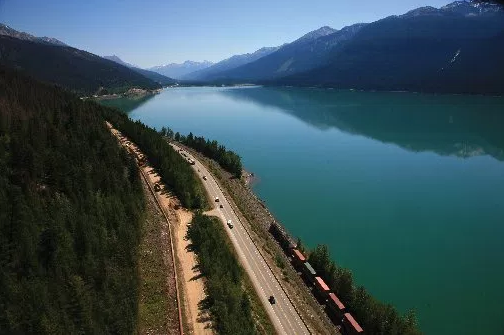
Crude coming from the Canadian oil sands faces pipeline congestion on its way to the Gulf Coast, forcing production companies to opt for more expensive rail transport instead.
The lack of pipeline options partially stems from the controversy, and delay, over the TransCanada Keystone XL pipeline, which was added to a backlog of other pipeline projects crossing the border. Since 2013, crude-by-rail shipments to the U.S. have fluctuated, but starting rising again in 2016 until they reached a record 183 million barrels a day in March.
But companies could be stretched more in the coming months to pay for more expensive rail shipments of crude while oil prices remain stubbornly below $50 a barrel, according to Morningstar, a Chicag0-based research firm.
“Given that no new crossborder pipeline capacity is expected on line before 2019, we expect Canadian crude-by-rail traffic into the United States to continue growing as production increases,” Morningstar analysts wrote in a report released Monday.
This article first appeared on the Houston Chronicle – an Energy Voice content partner. For more from the Houston Chronicle click here.